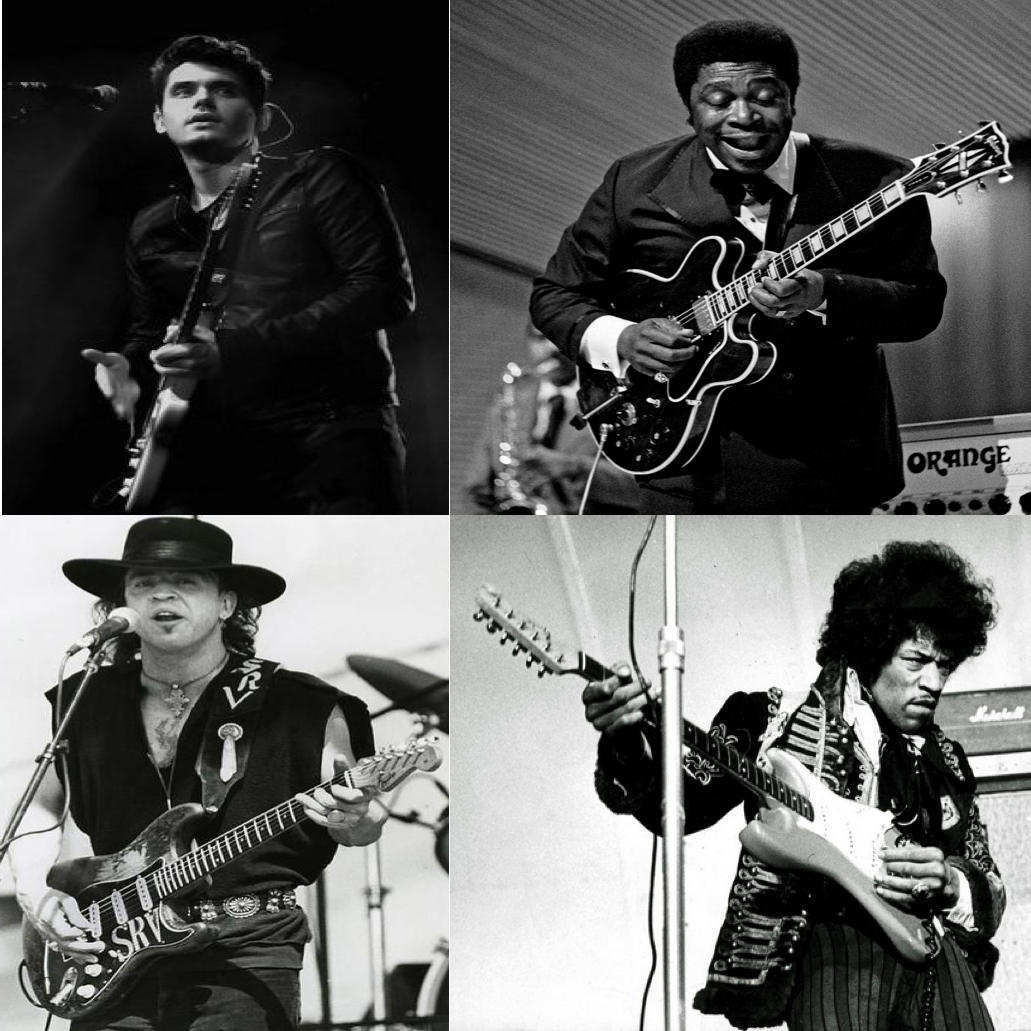

Since I don't have the Two-Rock or Dumble I want, amp profiling fills that gap-for now.

But sometimes when I'm looking for a specific tone in the studio, amp profiling can help me shape that without buying an arsenal of 50 amps. Admittedly, you don't have air moving and you don't get the same sustain, but in the studio, those aren't as big issues as they can be live.ĭo I use real amps onstage? Yes. Budget, travel, fly dates, or even your neighbor's noise tolerance can put digital solutions in a brighter light. But are there instances where this technology can make sense and still get close to the sound you're looking for while giving you additional options? Absolutely. Is a "fake" amp ever like the real thing? No. There are advantages and disadvantages to both sides. The lack of drums seemed to take off any "clothes" covering up what I wanted to show.įor the purists out there, here's my stance on the amp profiler debate.

We wanted this to have its own voice, coming from a completely different perspective. In the end, however, recording this album became so much more about a process of discovering my own identity that I didn't want it to seem like a complete "cover project." John's version of Continuum is as good as it will ever get.
John mayer where the light is pedalboard pictures how to#
At first I was frustrated because learning how to program a mere two bars of Steve Jordan's playing could take me several hours. So let's dive into a few things I learned on this journey.ĭisclaimer: There was one thing I fought Kristian on, but now I'm happy he suggested it. It's a good kind of frustration, but an ever-going battle nonetheless. There is always a frustration, at least for me, in finding the right guitar tone. But that's the beauty of music-the fluidity keeps us coming back for more. I recorded these files in August 2016, and even listening back to it now there are a hundred things I'd change. I'm not saying what I did was right or wrong, or anything but a mere interpretation of my version of the album. Getting inside the songs and really listening to each part instead of just learning something quickly by ear made me a better player.įor any John Mayer enthusiasts out there, please know this is just music. There are parts I never knew were in each song until I recorded them. I learned a lot through this homework assignment. When you're forced to put an album you love under a microscope and then recreate it in your own voice, magic happens. I thought I knew the album pretty well after listening to it so much, but when you start to dissect Pino Palladino's bass lines and Steve Jordan's drum parts, and, of course, all the great guitar parts, you come to appreciate the music on a whole new level. I had to play every instrument on the record myself.Įven though I didn't fully understand why Kristian asked me to do this, he's someone I completely trust, both in creativity and in life, so I cleared my schedule for the next two weeks and proceeded to work around the clock.There were three rules for this homework assignment: But it soon sank in: My homework was to re-record my favorite record of all time. "I want you to record the whole thing." I stared at him blankly, not fully grasping the nature of my assignment. I had listened to that album from front to back more than anything else. Without hesitation I said Continuumby John Mayer. About a year and a half ago, I had a meeting with the celebrated producer and multi-instrumentalist, and he asked me what my favorite album was. From the warm-sounding analogue units made by the likes of Electro-Harmonix and MXR, to the crystal-clear, ultra-versatile digital workstations from Strymon, Eventide and Meris - there are plenty of contenders available at all price-points.Enter Mr. There are tonnes of guitar delay pedals on the market, so you’ll never be stuck for options. Heck, a delay pedal can even take you straight back to the ‘50s with vintage slapback sounds too! You can use one to form the percussive backbone of a riff, to add ethereal ambience to a delicate clean part, or to thicken up a solo. Most examples allow you to dictate the speed and amount of repeats, as well as the level of the echoes.Ī delay pedal is just one of those stompboxes that a guitarist should never be without - it’s an essential. And as it turns out, it’s one of the easiest to explain! Simply put, delay pedals are echo units that repeat the notes that you feed through them. The humble delay pedal is one of the most renowned and easy-to-recognise guitar effects out there.


 0 kommentar(er)
0 kommentar(er)
